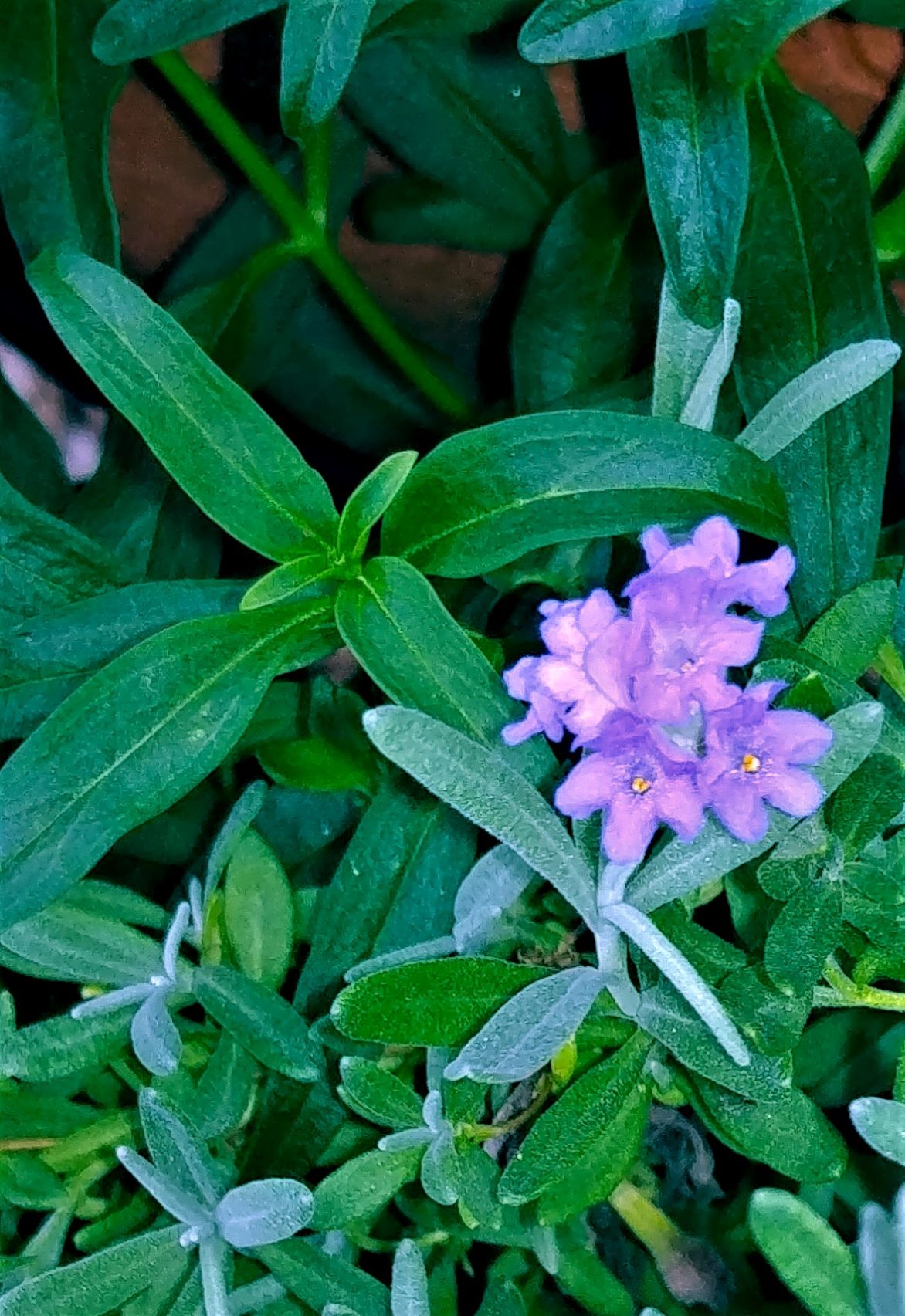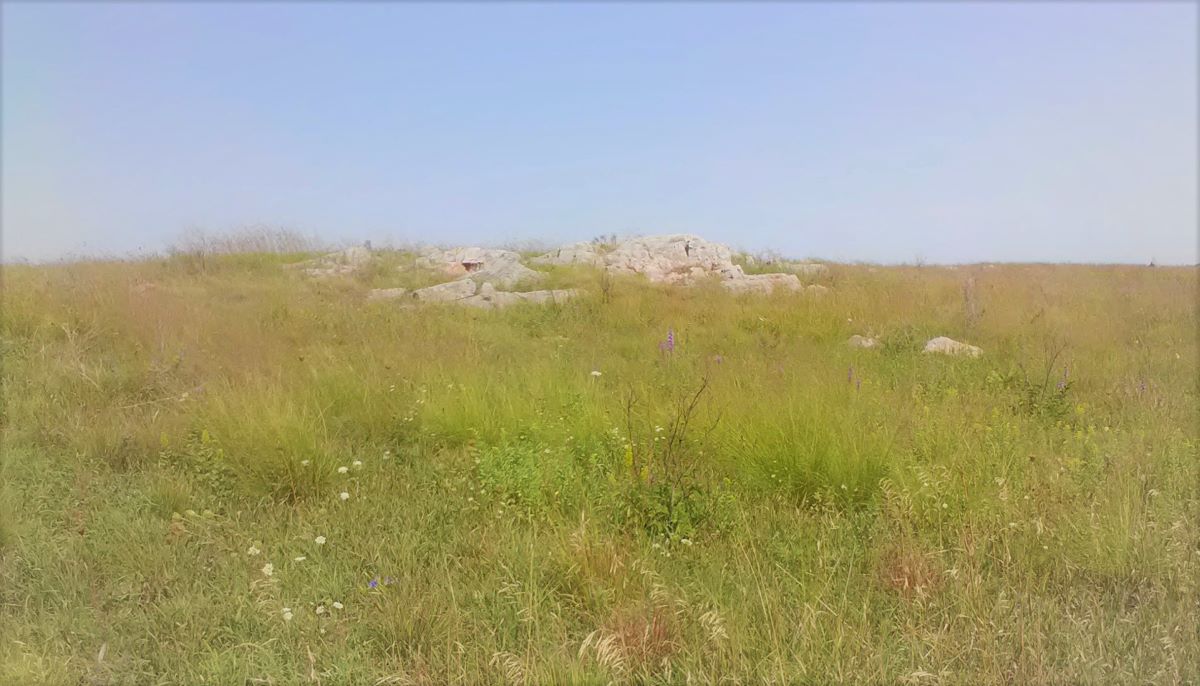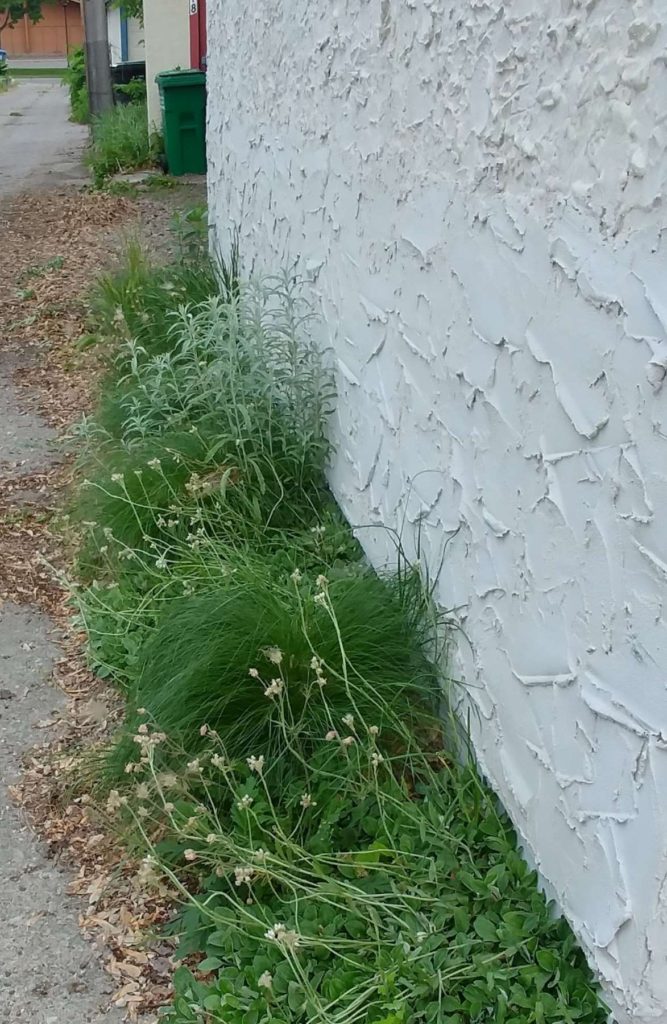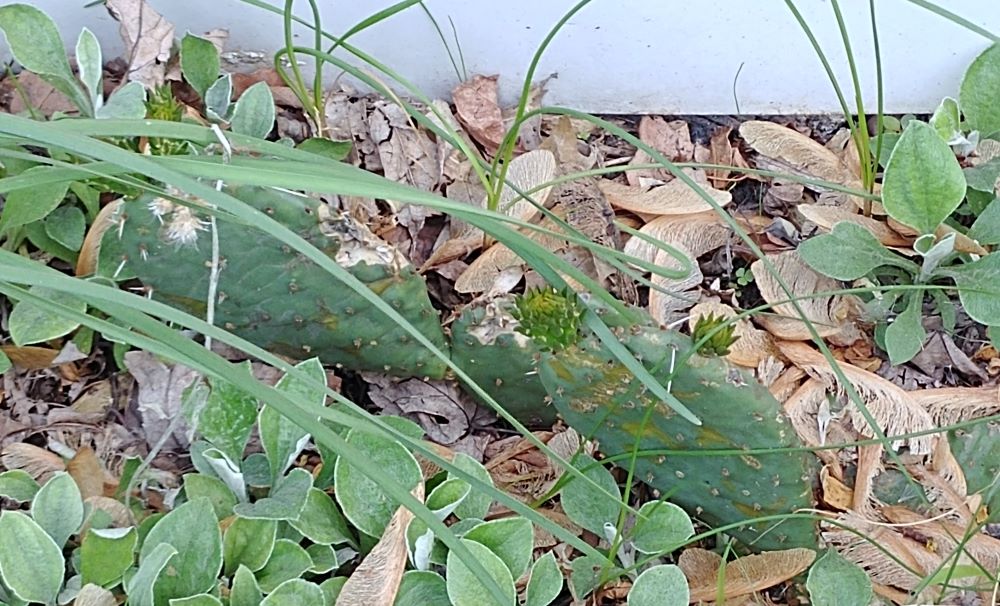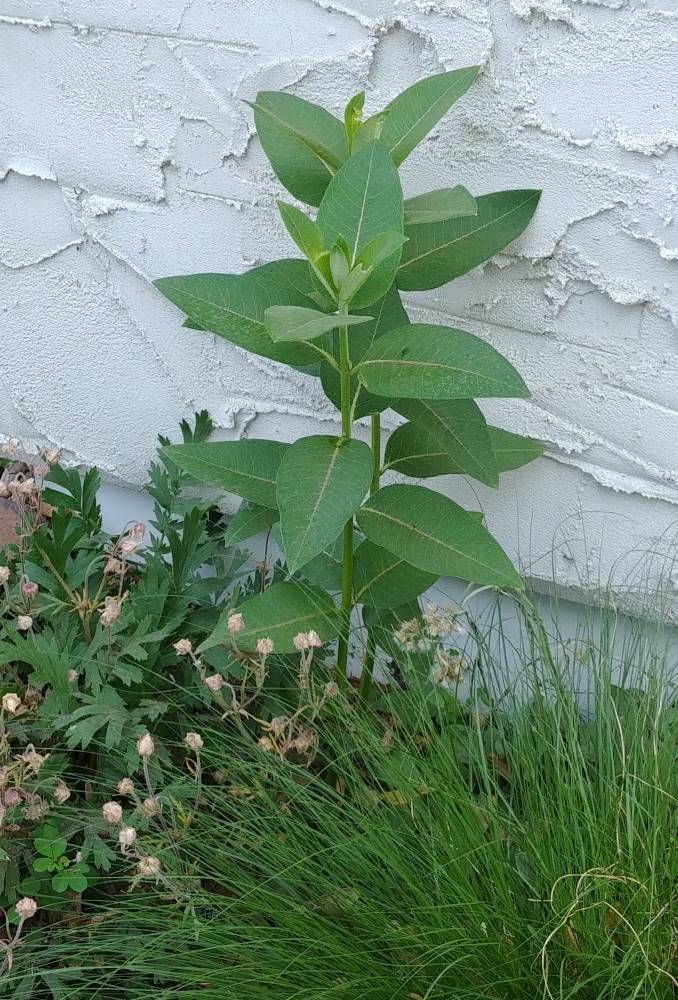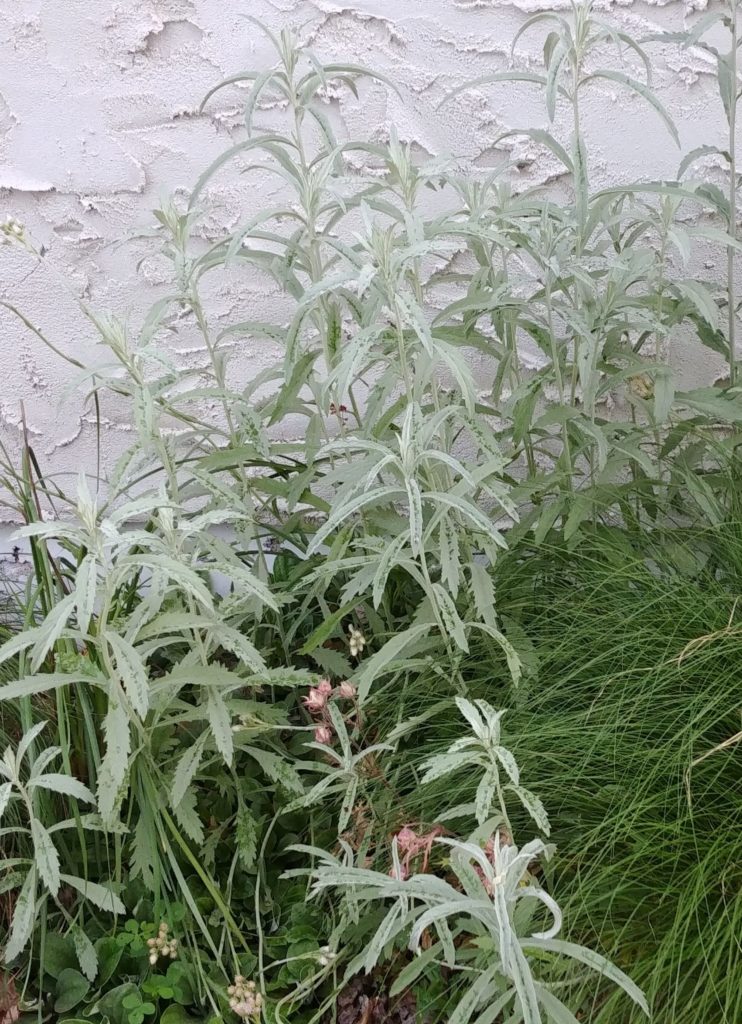This morning I discovered that my lavender plant was blooming – just a few little blooms, but blooming nonetheless. Witnessing this filled me with joy: joy of accomplishment, joy of beauty, and joy of the recognition that things take time.
So, why the big deal about two tiny little flowers on a lavender plant? Well, first, lavender is a plant that seems to thrive in all gardens but mine. I’ve been trying to grow lavender since the inception of my current gardens—that would be fourteen years, which feels like a long time.
When I first planted lavender in the ground, I had visions of the fields of French lavender we see in photos on the web. Most years I would put a plant in the ground and it would just sit there in the garden; if I was lucky, getting green, if unlucky, turning brown and wasting away. One year, when I was not particularly aware of the lavender, I accidentally dug it out, thinking it was a weed. So, I was about to give up my dreams of fields of French lavender.
Pretty, but NOT my garden.
Last year I tried growing lavender in a container, where the soil was warmer. I tried it, just, because. To my amazement it survived the summer, but with no blooms. That was ok. I took what I could get. I brought the pot indoors to my porch over the winter where it was the sole survivor of a suite of plants that couldn’t manage the rather “cool” winter we experienced. I put it back outside in the spring, watered it, fed it, and generally delighted in its mere existence. At one point, I absent-mindedly clipped out some of the lavender leaves for my rosemary potatoes—only to discover I’d clipped the wrong plant! (I don’t think lavender potatoes are actually a thing).
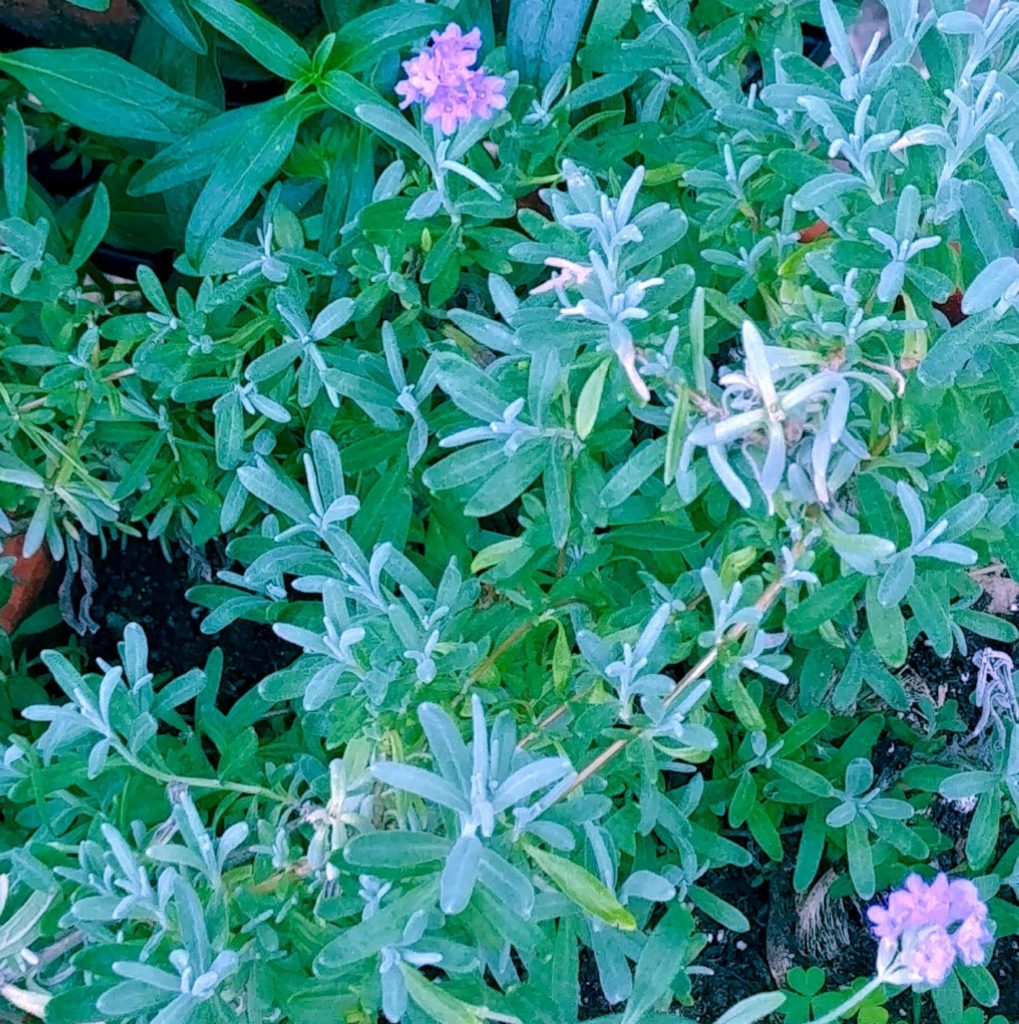
Then, this morning, after fourteen years of hitting and missing, I saw two tiny lavender blooms! I nearly fell over. I thought of my mother who loved flowers and reluctantly acknowledged that maybe she was right (yet again) when she suggested I “be patient.”
These days I find patience to be a difficult quality to cultivate. Living in a world that rewards instantaneous results and dismisses patient resolve as “old school” can make me feel like a square peg in a round hole. It can be frustrating to be treated like a relic by simply suggesting that we “wait and see” what happens.
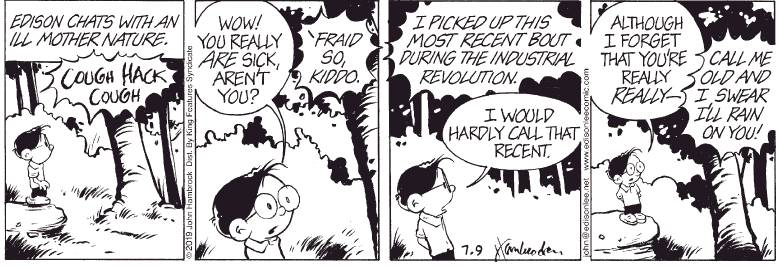
But, for a brief moment, the pretty purple flowers reaffirmed my belief in the value to myself and the world of staying present and living in and loving the moment.
In the end, when I look at the lavender, I understand that we human beings live in a world of which we are a very small piece. And anyone who takes the time to observe this world knows that destruction can happen quickly but growth takes time. And with this observation I can choose to be part of the destruction or part of the growth. For now, I am choosing growth, one tiny bloom at a time.
Anyone who takes the time to observe this world knows that destruction can happen quickly but growth takes time. And with this observation I can choose to be part of the destruction or part of the growth. For now, I am choosing growth, one tiny bloom at a time.
Healing Ground Health Coaching
